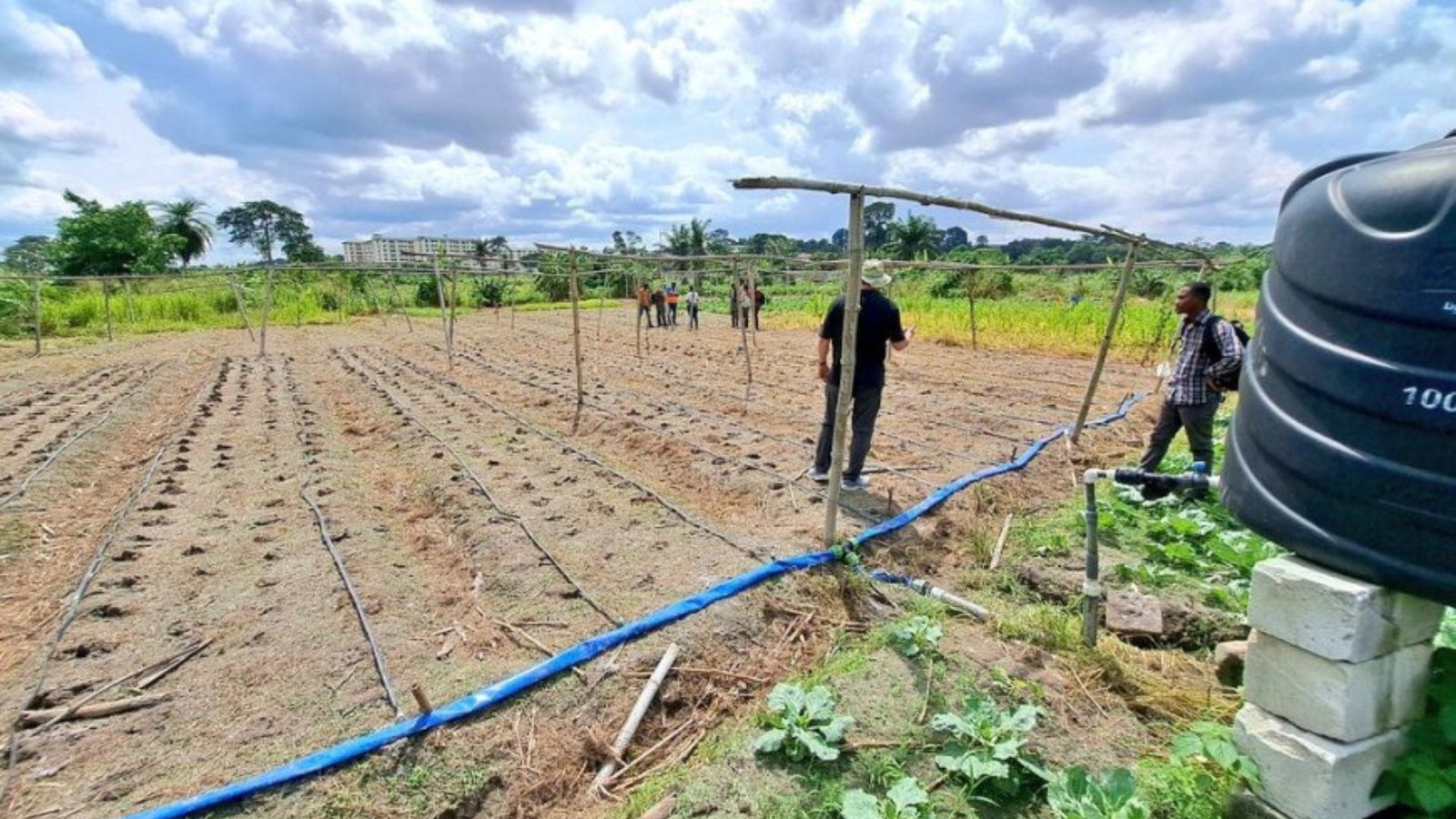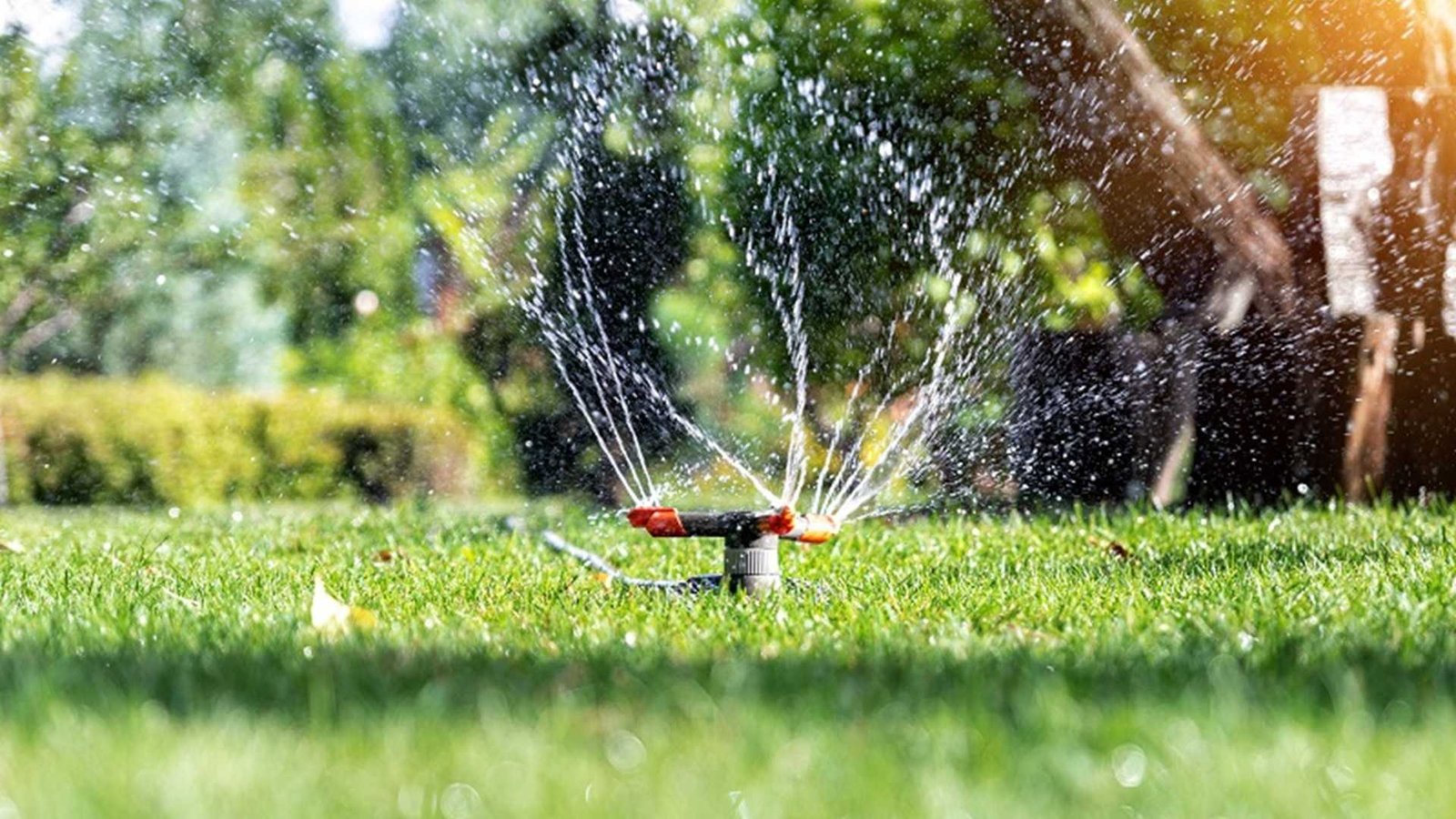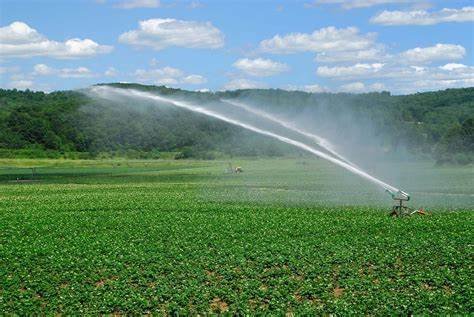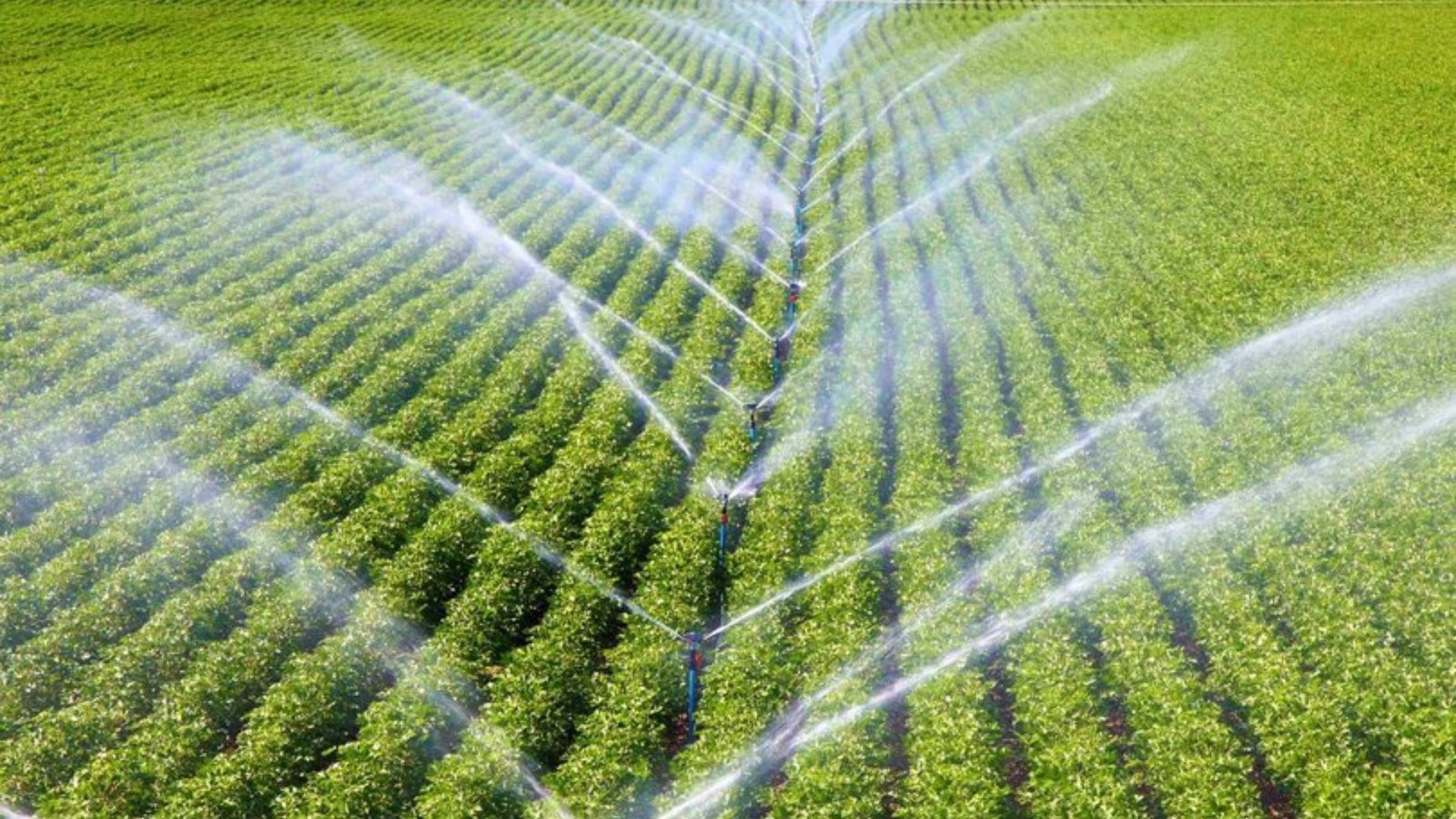When it comes to irrigation system design, there are several obstacles that need to be carefully considered. A well-designed irrigation system ensures plants receive the right amount of water, promoting growth and saving resources. However, there are key challenges in irrigation system design that engineers and farmers must overcome to achieve this goal.
In this blog post, we will explore the main challenges in irrigation system design and discuss practical solutions for each. Whether you’re designing a system for a small garden or a large agricultural project, understanding these challenges is essential for success.
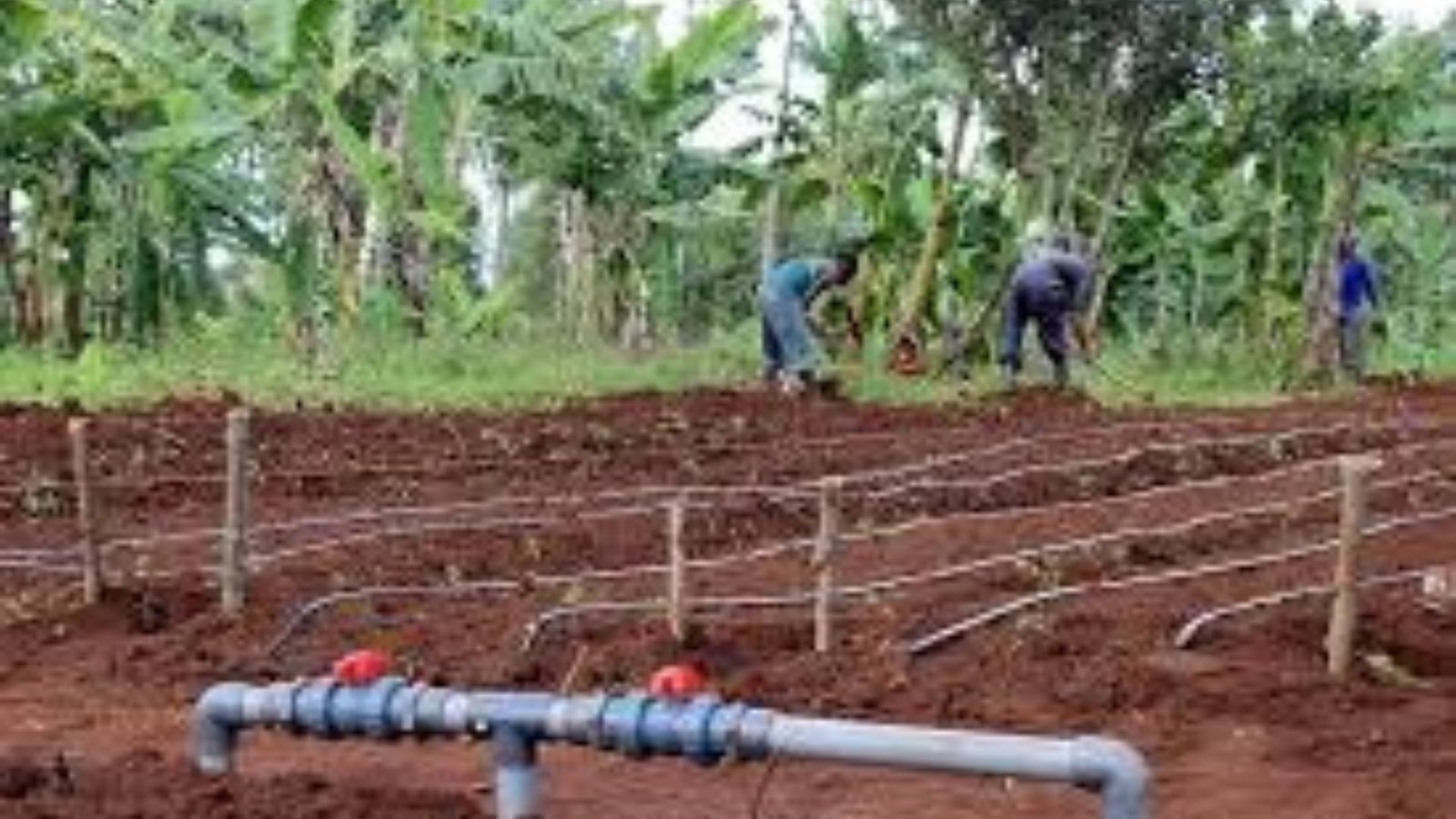
1. Water Source and Availability
One of the first and most important challenges in irrigation system design is determining the water source and its availability. Water is a limited resource, and in many areas, it may not be easy to find a reliable and sufficient supply. Irrigation systems need to be designed with the availability of water in mind. Without access to a dependable water source, even the best system won’t work.
Farmers need to consider factors such as the distance from the water source, the quality of the water, and the seasonal fluctuations in water levels. This can be a significant challenge, especially in regions with droughts or irregular rainfall. In such cases, designers may need to explore alternatives like rainwater harvesting or using reclaimed water.
2. Choosing the Right Irrigation Method
Another critical issue is selecting the right irrigation method. There are several types of irrigation systems, including drip irrigation, sprinkler systems, and flood irrigation. Each method has its advantages and limitations, depending on the type of crops and the layout of the land.
Drip irrigation is ideal for conserving water, especially in areas with limited water supply. However, it may not be suitable for large fields with certain crop types. Sprinkler systems, on the other hand, are more efficient for larger areas but can waste water if not properly calibrated.
Deciding which system to use can be tricky, and this is one of the key challenges in irrigation system design. To overcome this challenge, it’s important to consider the specific needs of the plants and the environmental conditions.
3. System Efficiency and Water Conservation
Improper design or poor maintenance of irrigation systems can lead to inefficiencies, such as water wastage. Water conservation is a significant concern, especially in regions facing water scarcity. Therefore, creating an efficient irrigation system is a major challenge.
The challenge lies in ensuring that the right amount of water is delivered directly to the plant’s roots without over-irrigating. Advanced systems, like drip irrigation, help reduce wastage, but they still need to be designed and maintained properly.
To overcome this challenge, designers should focus on developing irrigation systems that balance water usage and plant needs. Also, using sensors or timers can improve water management by delivering water only when needed, preventing overwatering.
4. Soil Type and Terrain Variability
Soil type and terrain also pose a significant challenge in irrigation system design. Different soil types absorb and retain water in different ways. Sandy soils, for example, drain quickly, while clay soils retain water for longer periods. Additionally, uneven terrain can lead to water runoff or uneven water distribution, making irrigation harder to manage.
Designers must account for these factors by adjusting the system to suit the soil type and land shape. This might mean altering the flow rates of water or using specialized equipment to ensure that water is evenly distributed across the entire area.
5. System Maintenance and Durability
Maintaining an irrigation system can be another challenge. Over time, pipes can become clogged, pumps can fail, and filters may need cleaning or replacing. This can lead to inefficiencies and increased costs. As systems age, their performance can decrease, which affects the overall productivity of the system.
To reduce maintenance issues, it’s essential to design irrigation systems with durability in mind. Choosing high-quality materials and ensuring easy access to critical components for repairs or upgrades can help minimize problems over time. Regular inspections and maintenance are also crucial for keeping the system working efficiently.
6. Cost and Budget Constraints
Cost is one of the most significant challenges in irrigation system design. Whether it’s a large-scale agricultural project or a smaller-scale operation, budgeting for an efficient system can be difficult. The costs of pipes, pumps, controllers, and labour can add up quickly.
Designers need to carefully balance the need for efficiency with the available budget. While it may be tempting to cut corners to save money, doing so may result in higher costs in the future due to inefficient performance or maintenance problems. Instead, it’s important to invest in cost-effective solutions that provide long-term value.
7. Climate and Weather Conditions
Finally, the climate and weather conditions in a region also affect irrigation system design. Changes in weather patterns, such as increasing temperatures or erratic rainfall, can make it harder to predict water needs for crops. Climate change is a growing concern, and irrigation systems must be flexible to adapt to these changes.
Designers need to factor in future weather patterns and ensure that the system can handle extreme weather conditions. This might involve incorporating weather forecasting tools or adjusting irrigation schedules based on temperature and rainfall data.
Conclusion
Irrigation system design is not without its challenges. From water availability to choosing the right irrigation method and ensuring system efficiency, there are many factors to consider. However, by understanding these key challenges in irrigation system design and implementing solutions, it’s possible to create effective and sustainable systems that benefit both farmers and the environment.
By addressing these challenges head-on, you can improve irrigation efficiency, save water, and promote better crop yields. Whether you’re designing a system for a small garden or a large-scale farm, overcoming these obstacles will lead to better results and greater success in the long run.

